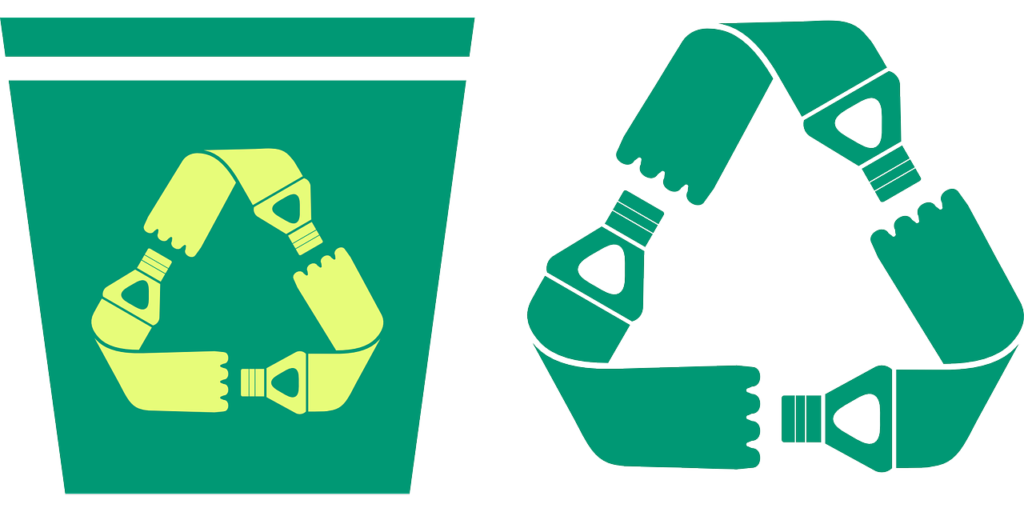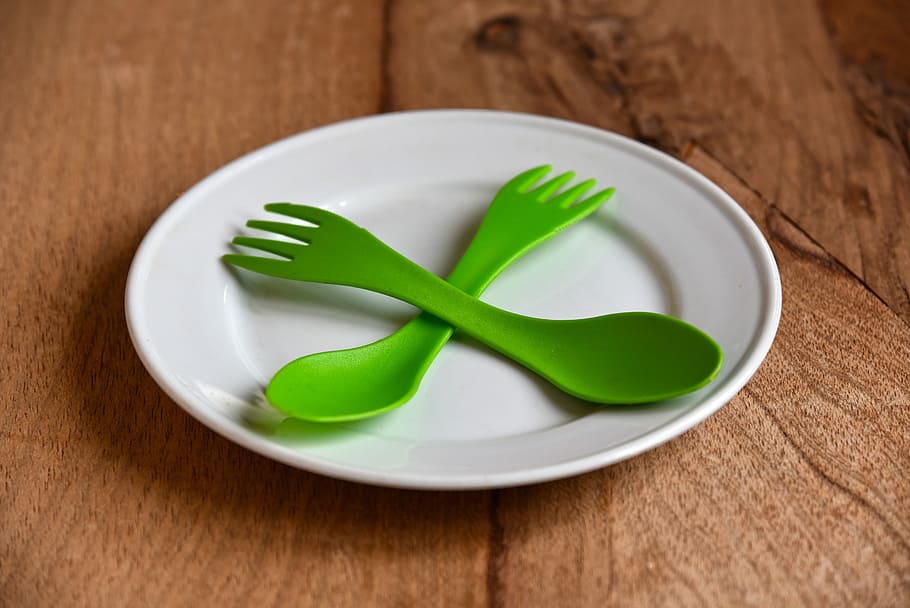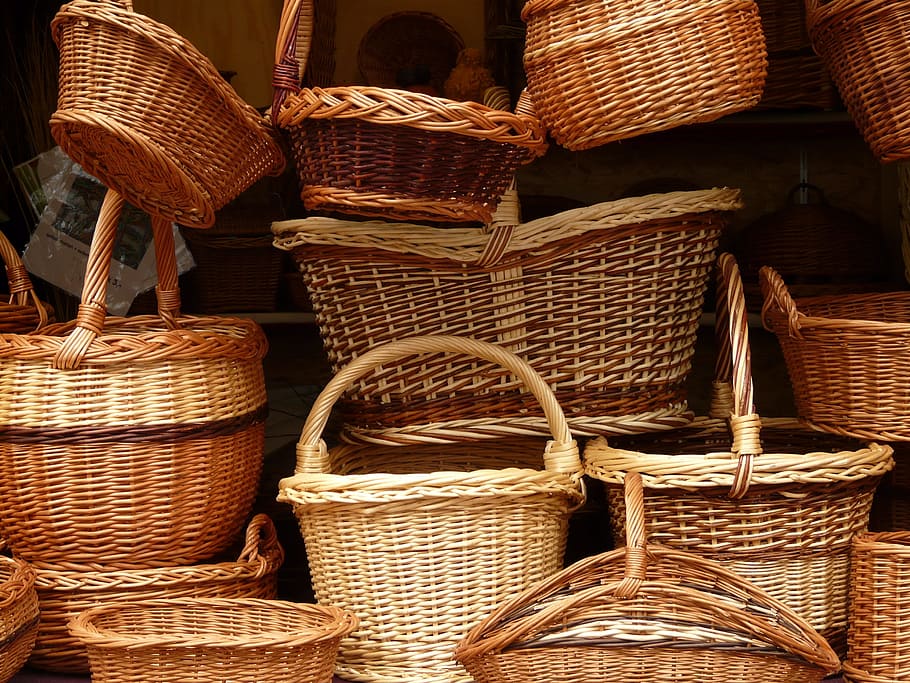For the purpose of protecting the environment and ecology, people have begun to actively choose the kind of packaging that can be used multiple times. For those packaging categories where no suitable substitutes can be found in a short time, people also tend to choose to package products made of more environmentally friendly materials.
What is edible packaging
Packaging with vegetables and starch as the main raw materials are the two main parts of the current food-grade packaging market. The former is mainly based on vegetables, which are processed into a water slurry, and then molded and dried; the latter is refined by adding other food additives to the starch, and then using a method similar to papermaking to shape it. In general, using vegetables as the original packaging will be more environmentally friendly.
Vegetable paper
Vegetable paper was first developed in Japan and is also called vegetable paper. Vegetables are rich in dietary fiber, a variety of vitamins and minerals, and the dietary fiber in them is very stable during production and processing. Therefore, in the process of processing vegetables into vegetable paper, there is little loss of nutrients from vegetables. The emergence of vegetable paper improves the added value of vegetables, and also solves the problem of fresh vegetables being difficult to preserve and perishable, thus reducing the waste of food. However, this technology of vegetable paper has not been promoted worldwide. Today, only Japan has carried out large-scale production of vegetable paper. In addition to vegetable paper, Japan also has edible paper made by extracting dietary fiber from soybean dregs, as well as fruit paper and seaweed paper.

Glutinous rice paper
The glutinous rice paper is made from glutinous rice and is rich in carbohydrates. The glutinous rice paper is mainly used for the packaging of candy, cakes and other items, and the main purpose is to prevent the internal products from sticking to the external packaging.
What is green packaging
Green packaging is regarded as the part of pollution-free packaging, which specifically refers to the type of packaging that will not affect or damage the ecological environment and human health, and can be reused, regenerated, and meets the requirements of sustainable development.
In order to reduce the harm caused by packaging and other wastes to the ecological environment, some people put forward the concept of “green packaging” more than ten years ago. The emergence of “green packaging” takes into account the two meanings of environmental protection and resource regeneration, and this has specific manifestations as follows:
1. Reduce the use of packaging. That is, on the premise that it can protect the internal products, facilitate the use of users, and do not affect the sales of the merchants, try to reduce the amount of packaging used.
2. Green packaging should meet the requirements of easy reuse or easy recycling. At present, this is the most practical and feasible way to develop green packaging materials, and it is a relatively active and feasible waste disposal method. Most of the beverage bottles, plastic bottles, glass bottles, etc. that we can touch and use in our daily life can be processed through certain technologies and then reused many times.

The “greenness” of green packaging is reflected in the fact that when the packaging becomes garbage and is discarded, the packaging waste can be degraded without forming permanent garbage that will pollute the environment. The serious problems caused by incomplete degradation of plastic products have been paid attention to and studied all over the world. Degradation is the use of microorganisms in the soil and water, or through the ultraviolet rays in the sun, to split and restore plastic products in the natural environment. The ultimate goal of this process is to make plastic re-enter the ecological environment in a non-toxic form and return to nature. But over time, the current situation of plastic degradation has surprised people, and the demand for green packaging is also increasing year by year. Packaging materials should be non-toxic and harmless to humans and other organisms. This is also the basic requirement of packaging.
Common food-grade green packaging
Wheat straw
Wheat straw is a by-product of agricultural planting. It is cheap and easy to obtain. At the same time, it has the function of being renewable and easily biodegradable.

In the supermarket tableware shelves, wheat stalks are generally made into bowls, cups, etc. Because of the different materials, the meal made of wheat straw is different from plastic products. Generally, the whole product is not pure and single color, but mixed with some dot patterns. This is not caused by dirty materials.
Products made from straw do not taste when they are packed in hot items, and this problem has always appeared in plastic packaging.
Bamboo
In the Yunnan region of China, bamboo woven products are often used to package tea. Use bamboo strips to woven grid baskets with larger intervals. This kind of packaging has the effect of ventilation and air permeability. When the tea is brewed, the tea will also emit a faint bamboo fragrance. At the same time, this kind of bamboo woven packaging can also protect the tea to a certain extent. The packaging made of bamboo has an advantage that other packaging materials do not have, that is, it can absorb odors. Bamboo products used for tea packaging can effectively filter out the miscellaneous flavors and ensure the cleansing effect of tea.

Gourd
In autumn, cover the fresh gourd with gauze and dry it in the shade. After a period of time, the gourd will become hard.
Cut the gourd in half to get a gourd scoop, which can be used to hold water. Through a certain process, under the premise of not destroying the shape of the gourd, the flesh inside the gourd can be taken out, and a gourd pot that can pack liquids such as wine and water can be obtained. In ancient China, gourd pots were often used to hold wine. If it is not deliberately damaged, the gourd pot can generally be used for a long time. This is a kind of environmental protection and green packaging.